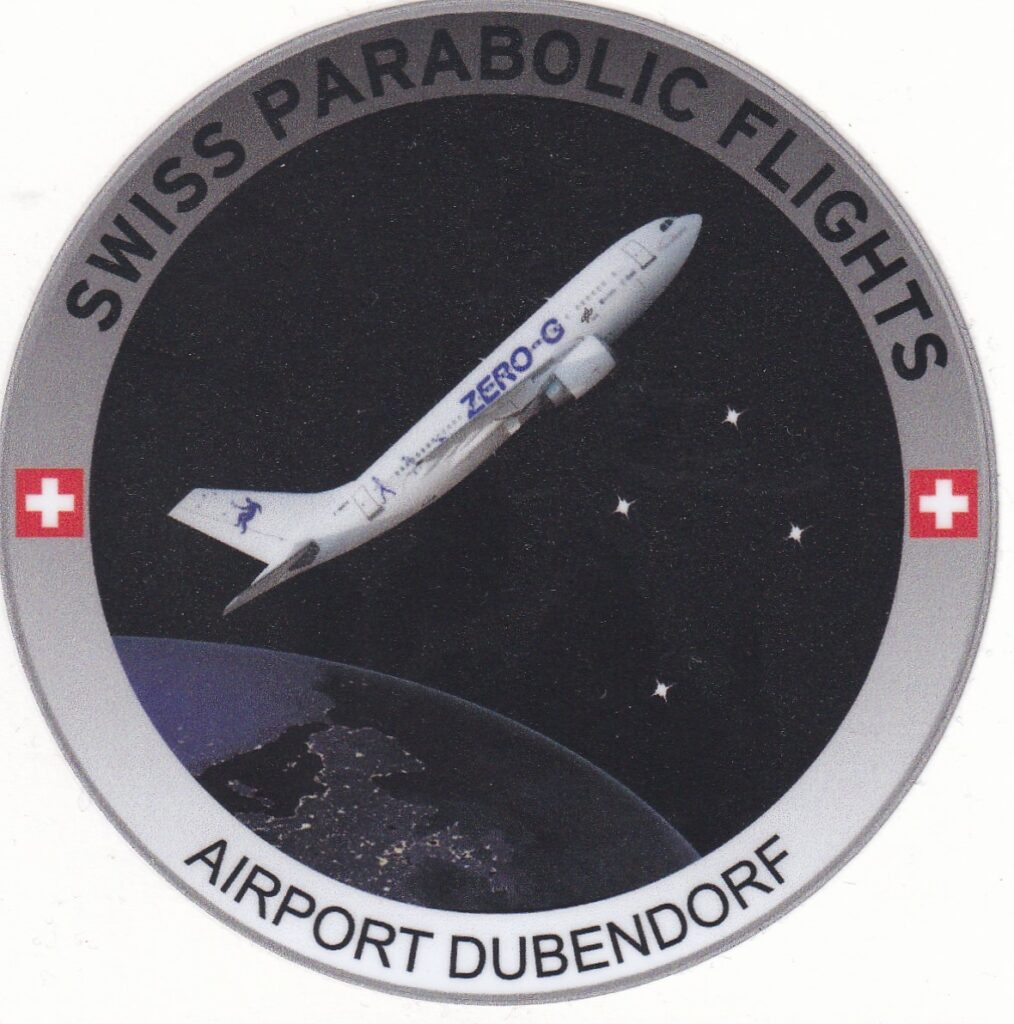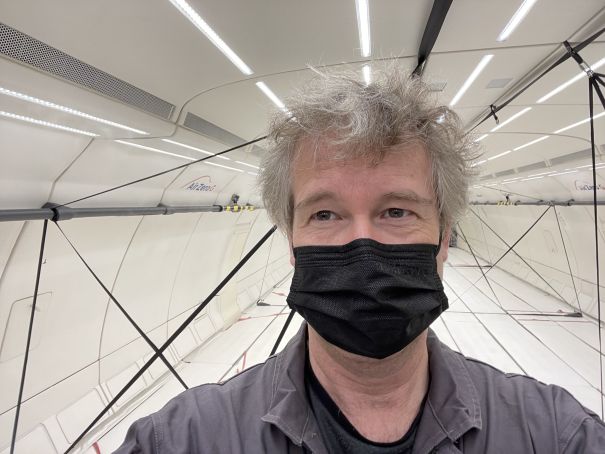Nach der erfolgreich absolvierten all-in-one Prüfung für SKS Theorie, SRC und FKN, geht es nun weiter:
Das Boot: “Grand Soleil 46.3”, 14.3m Länge x 4.40m Breite, Verdrängung 11.000kg, Balast 3800kg, ausgerüstet mit GPS, AIS, Radar.
Der finale Schritt meines SKS Projektes fand zusammen mit SkipperTeam nun vom 20-30. April 2022 in der westlichen Ostsee statt, Auslaufhafen: Flensburg, insgesamt 337 Seemeilen (624 km) durch den Kleinen Belt und die Dänische Südsee mit nördlichstem Punkt Vejle am Ende des wunderschönen Vejle Fjords. Dem Skipper / Ausbilder Carsten kam die verantwortungsvolle Aufgabe zu einen Haufen Landratten und “Mädchen” zu mehr oder weniger standhaften Seemännern zu transformieren.
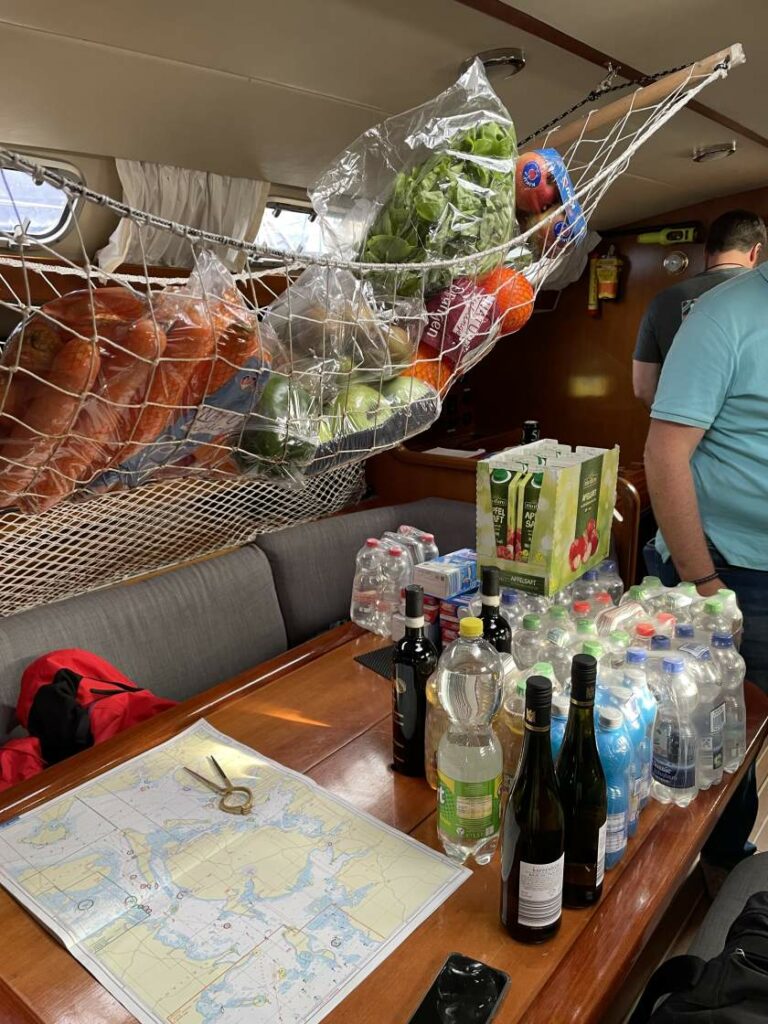
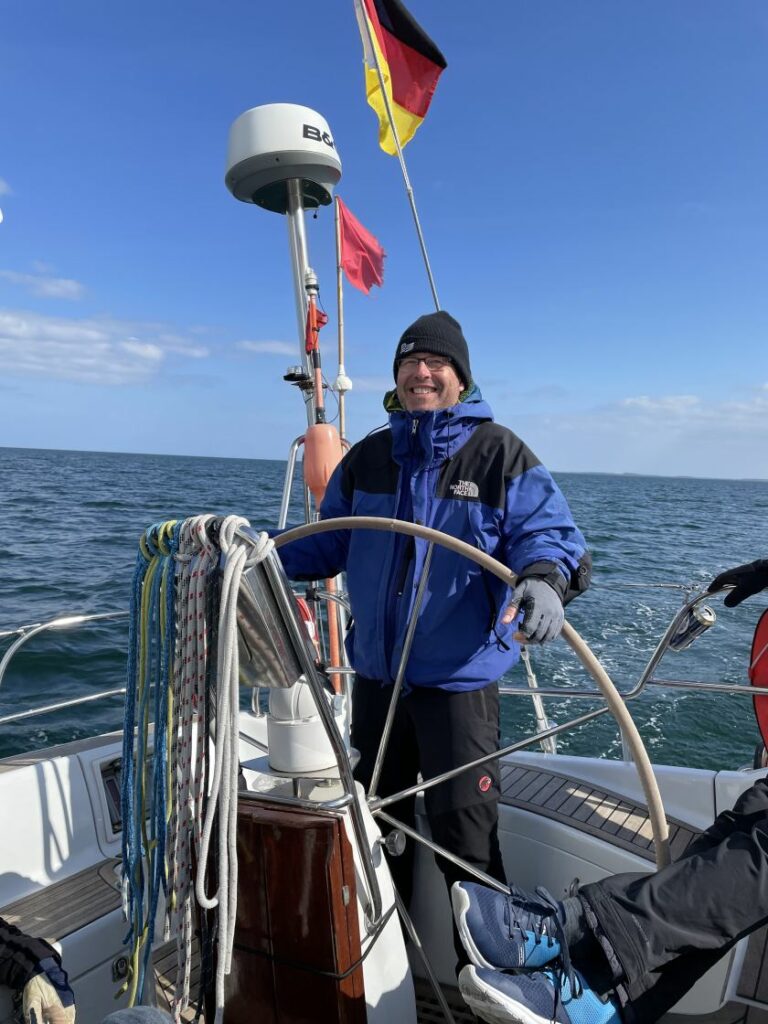
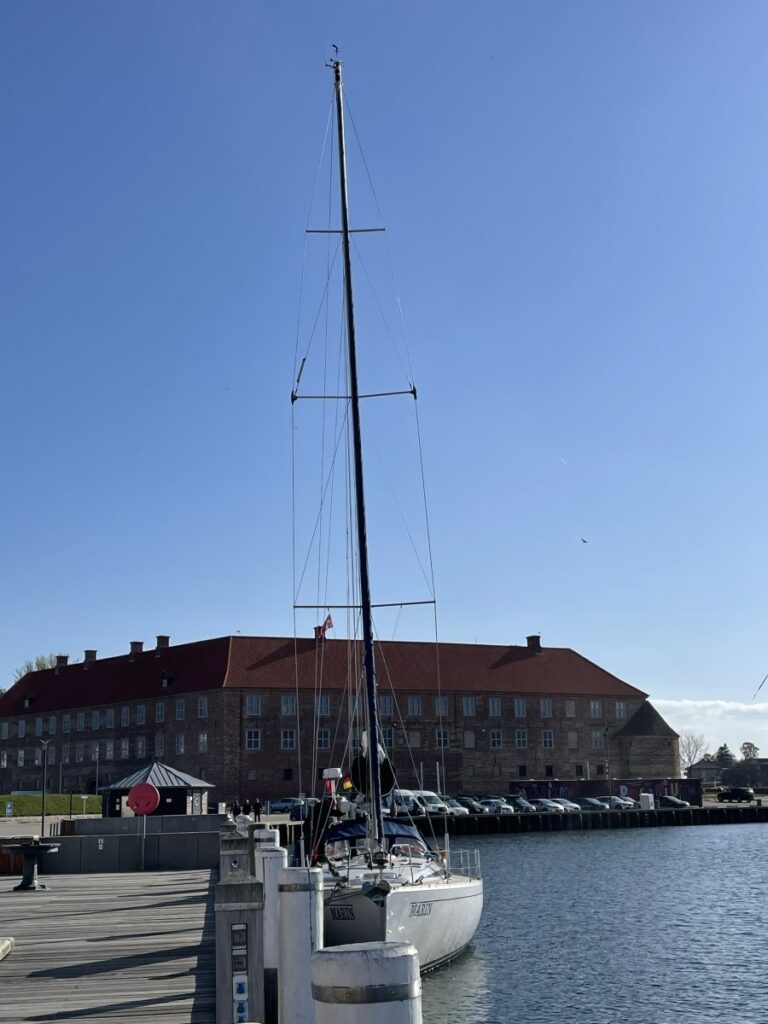
Für meinen Teil war die Segelerfahrung bisher eher gering bis theoretisch und ein von Anfang Januar 2022 stammender Knochenausriss an der Schulter (Skiunfall) warf zusätzliche Fragen auf was meine Performance beim Windenkurbeln an Deck angehen würde. Aber nun, “wat mutt dat mutt” und irgendwie würde ich das evtl. schon gebändigt bekommen. Es folgten 8 Tage auf See mit nächtlichem Liegen in Häfen und abschließender praktischen Prüfung am 29.04 durch den Prüfungsausschuss Kiel. Kurzum, Sonne und Wolken zeigten sich eine Woche lang von ihrer besten Seiten, während der Wind uns das komplette Spektrum von Flaute bis hin zu mehrtägiger Windstärke 6-7 zeigte.
Die ersten Tage waren “tough”, sowohl was das Erlangen eines Überblicks über die Systeme und Takelage des Bootes angeht, wie auch die zeitnahe, physische Umsetzung der Segelmanöver. Erfreulicherweise konnte sich die ge-crash’te Schulter stetig mit der Belastung anfreunden und standhalten und auch das Fussgänger-Hirn verstand es irgendwann Fragen wie “was passiert wenn ich an der gelben Schnur ziehe” in seemännisch korrektes “Dichtholen der Großschot” zu übersetzten ! Nach der durchweg positiven Erfahrung im ESA ZeroG Kotzbomber hatte ich wenig Angst vor der Seekrankheit, musste mir aber doch am zweiten Tag mit Windstärke 6 eingestehen, daß längere Aufenthalte unter Deck zu zeitweiser, starker Übelkeit führten. Nach einem halben Tag (und ohne Medikamente) war der Spuk aber auch wieder vorbei.
Entlang der Route (Flensburg – Høruphav – Assens – Velje – Nordborg/Dyvig – Lyø By – Sonderburg – Flensburg) wurden intensiv geübt, u.a. Karten/GPS-Navigation, Anlegen/Ablegen in unterschiedlichen Varianten, alle möglichen Kurse und Segelstellungen zum Wind und das Kommando der Deckmannschaft, Mann-über-Bord Manöver unter Segel sowie mit Maschinenunterstützung. Zuletzt musste dies von jedem SKS-Anwärter in der Prüfung unter Beweis gestellt werden und die Herren aus Kiel sorgten für einen fairen aber sehr präzisen Prüfungsablauf, bei dem auf Toleranzen – insbes. maximal zulässige Restgeschwindigkeit bei MOB- und Beiliege-Manövern – geachtet wurde. Das war für mich alles andere als ein Selbstläufer und ich war erleichtert meinen Part mit positivem Endergebnis abzuschließen und mir damit den Erweb des SKS zu sichern.
Ich freue mich schon auf Fahrt entlang neuer Kurse und zu neuen Ufern !

